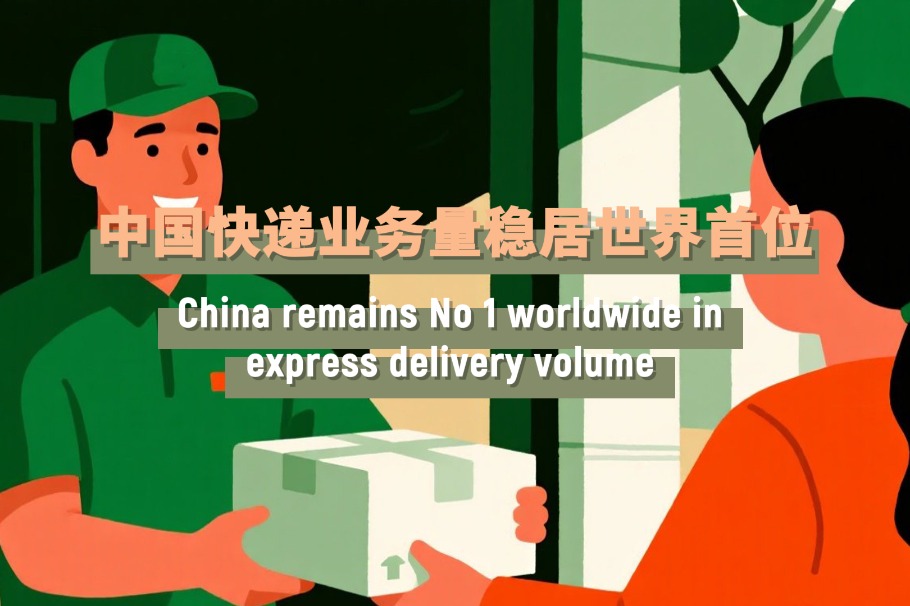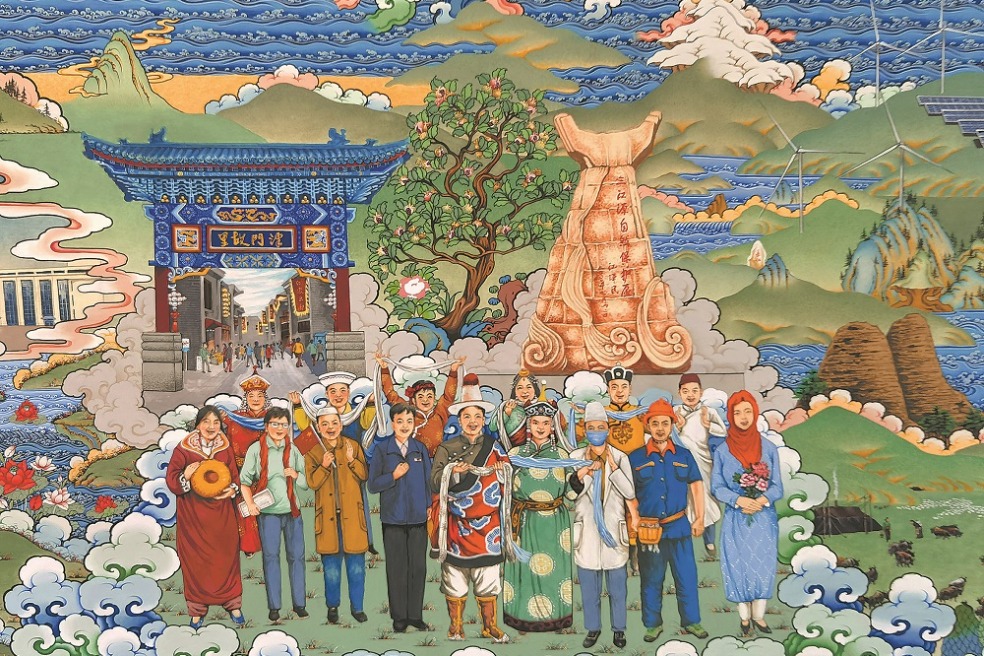Creative challenge

Crunch time
According to Wang there are over 1 million people working in the advertising industry of over 100,000 small, medium-sized and large advertising agencies. Logically with such big numbers finding talent should not be an issue at all for the industry. But that is far from the truth.
"The talent pool is so small that many agencies are fighting for the same people," Hunt says.
"It's an employees market, and therefore a lot of people move around a lot."
|
||||
"It's a developing industry. It's only been around for 15 to 20 years, whereas in the US or Europe it has been around for 100 years, so the experience in the talent pool is quite small."
The relative youth of the industry in China has left many Chinese graduates seeking more traditionally profitable careers, with parents urging their children to study professions like law or medicine, Hunt says.
The result is an increasing number of young Chinese workers holding onto titles that would normally take decades to earn if they were working in the US or Europe.
"They're not really aware of the advertising industry, so they don't see it as an opportunity," he says.
Companies, however, are making efforts to address the talent drain.
Working with the Ministry of Education and the Shanghai Art and Design Academy, the WPP school of Marketing and Communications enrolled its first class at the start of the 2011 school year.
Selecting 50 out of more than 1,300 applicants, the school is designed to nurture the next generation of top advertising talent.
Different approach
|
Graham Fink, chief creative officer of Ogilvy & Mather, says more pressure for results can detract from the final product. Provided to China Daily |
Despite there being a lack of numbers, the past ten years has seen an impressive increase in the quality of creative works imagined by China talents has gone up considerably.
In June this year, Ogilvy and Mather Shanghai won gold in the outdoor advertising category at the internationally renowned Cannes Lion advertising competition for its Coca-Cola advertisement depicting two hands sharing a bottle of Coke.
It marks the second year in a row that China-based advertising talent has earned top marks at the prestigious global event, with JWT winning a gold last year for an advertisement created for Samsung.
Graham Fink, chief creative director for Ogilvy and Mather, who oversaw the creation of the award-winning Coke ad, says the victory indicates a significant benchmark for the nation's creativity.
"One thing I've noticed about China is that everything is so much faster here, the ambitions are bigger, and everyone is so much more driven and there's a huge desire to learn," he says.
Speed is one of the biggest factors when it comes to the creative side of the ad industry.
While clients in the West often understand that the creative process takes time, sometimes up to several weeks or even months, local clients often put a much shorter timeline on when they expect results.
Though Fink's team can comply with stricter deadlines, he says the increased pressure for results can detract from the final product.
"I think clients need to be educated to understand the fact that if we had a bit longer, you would get more effective advertising," he says.
"When I was working in London you could be quite subtle, you don't have to tell them everything. Here in China the main thing is, because the advertising agency is younger, the target market is less sophisticated and you just have to be a little bit more informative, you have to tell them everything."
The need for a direct message is not the only difference when it comes to Chinese ads.
In China, there is an increased emphasis on using celebrities and famous faces to sell everything from dumplings to toothpaste. The rampant use of celebrities in ads put martial arts star Jackie Chan under pressure in 2010 after "Bawang" shampoo, a product heavily endorsed by Chan, was discovered to have cancer-causing carcinogens.
In the past, Chinese advertisements have also lacked the ability to stir emotions though this is changing, Fink says.
"Already I can see a little bit more emotional advertising, even compared to a year ago," he said.
Even as China makes its mark in the print and outdoor fields, digital and Internet advertising are quickly becoming the future for marketers looking to peddle their brands to China's next generation of consumers.
In a country of more than 500 million Internet users, taking to the Internet to push products has seen the biggest boost over the past two years with brands trying to tap into social marketing phenomena such as weibo, China's Twitter-like microblogging service.
Internet advertising revenues in China hit $6 billion in 2011, with revenues growing at a significantly higher 26 percent compared with the overall advertising earnings. By 2013, it is expected to climb to $9.6 billion.
Pioneer's touch
Chinese-born American Micky Fung, founder and executive chairman of Touchmedia, was one of the early foreign advertising minds to take advantage of the growing thirst for digital advertising in China by launching a campaign to install touch screens in taxis throughout Beijing and Shanghai.
With big-ticket clients ranging from Coca-Cola to Disney, Fung's interactive screens have been more than a success. He says the popularity is an indicator of just how eager companies in China are to take to digital media.
"In China and globally also there is a shift from conventional media to digital," Fung says.
"From the client perspective, it always struck me that conventional media such as newspapers and TV have huge reach but no ability to interact, measure or respond."
He attributes part of Touchmedia's success to the effectiveness of outdoor and interactive advertising found in China.
"Different things work here at different levels," he says.
"If you look around a Chinese city, you will notice that China has much more outdoor advertising than any European or American city. The population density is dramatically higher a good billboard in Chicago might be seen by 20,000 people a day compared with 500,000 in Shanghai."
Though China's advertising industry still has a long way to go before it meets the level of sophistication of its Western counterparts, the relative youth of the industry is allowing it to adapt to the cutting edge advertising techniques.
As foreign advertisers continue to migrate to eastern shores, they help put a new face on the industry, by not only bringing their global knowledge, but also learning a thing or two from the locals.
"In some respects China is ahead of other markets, especially in adoption and development of some Internet marketing tools and of course, taxis," Fung says.
Xu Yun contributed to this story.
toddbalazovic@chinadaily.com.cn
(China Daily 09/07/2012 page1)
Today's Top News
- Rise of macro-regions and dollar's decline
- Training helps to empower Global South
- Country to cut costs of preschool education
- Pakistani minister hails high-tech ties with China
- China-US trade ties key for world economy
- Prospering Xizang sees surge in overseas visitors


































